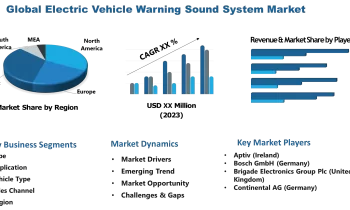The pandemic brought economic uncertainty along with lockdowns and other social and financial problems. As a result, the dollar was buffeted by the ups and downs of COVID-19 with its variants. However, given the reduction in numbers of those infected by COVID and the rebounding of the economy, the dollar appears to be on a bullish march upward as of mid-November. If the Covid-19 numbers stay low and the Fed decides to tighten interest rates, the dollar could increase.

The Dollar’s Progress in 2021
The dollar reached a high point in November 2021, coming from behind at the beginning of the year. However, in Q1 2021, the dollar experienced a significant selloff with the resurgence of COVID-19 and continued slowness in the US economy. This was not helped by the fact that COVID numbers in the US were higher than in many other countries, which brought the dollar to substantial lows.
Treasury yields grew in Q2, and some spotted green shoots for the economy, but these predictions resulted in disappointment. Nevertheless, there was talk in Q3 of the Fed tightening rates with some improvement in the economy, which gave some hope for the faltering dollar.
However, the anticipated rally in the dollar finally came to fruition in mid-November as the dollar rose to 16-month highs on news of higher consumer prices, which are beneficial for corporations. Although rising costs and inflation often signal a weaker dollar, in this case, the dollar rose against its closest competitors, even on the news from the CPI index, which saw an increase in inflation to 6.2%, the most significant increase within a year since 1990.
The Fed’s Statement
Those predicting the dollar’s movement were eagerly anticipating the results of the Fed meeting in November. The Fed stated that their policy would depend on the path of COVID-19, which is mainly responsible for financial fluctuations. The Fed has decided that it keep interest rates at around zero until there is a further economic rebound and higher employment rates.
What About Inflation and Supply Chain Issues?
However, the November rally in the dollar may face some challenges with the growing specter of inflation. Although bullish news for corporations, such as higher prices, positively affect the dollar in the longer term, inflation, if severe, may erase these gains. Treasury Secretary and others have debated whether these supply chain issues are short-term or long-lasting, and the position on this will affect the view of where the dollar is headed in Q4 and 2022.
The fact that the Fed did not tighten rates in November indicates that they believe the inflation is a temporary reaction to supply chain issues and seems to expect these issues to be resolved in the coming months, or at least until the next Fed meeting.
The supply chain issue is partly due to a social trend known as “The Great Resignation,” and fewer people are returning to work as the lockdowns lift. Many Americans feel disinclined to return to work, at least at their jobs before the pandemic began, and seek better conditions. However, demand for goods and services has not diminished, leading to severe supply chain issues that fuel inflation.
Many believe that the Fed, the Treasury, and other government officials are being overly optimistic about the short-term nature of these supply chain issues. They think inflation may be the reality for the long haul. If this is the case, the dollar will be affected and will likely fall, as it usually does with high rates of inflation. Those betting for or against the dollar should watch these supply chain trends throughout Q3, Q4, and beyond.



